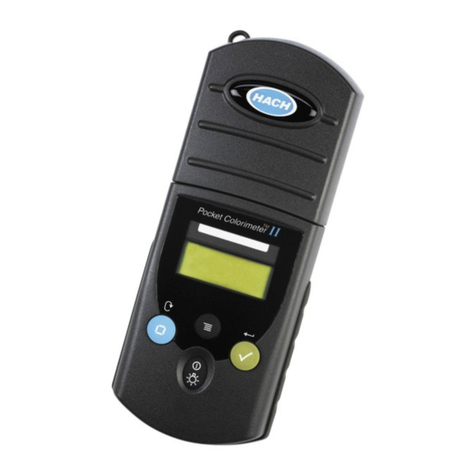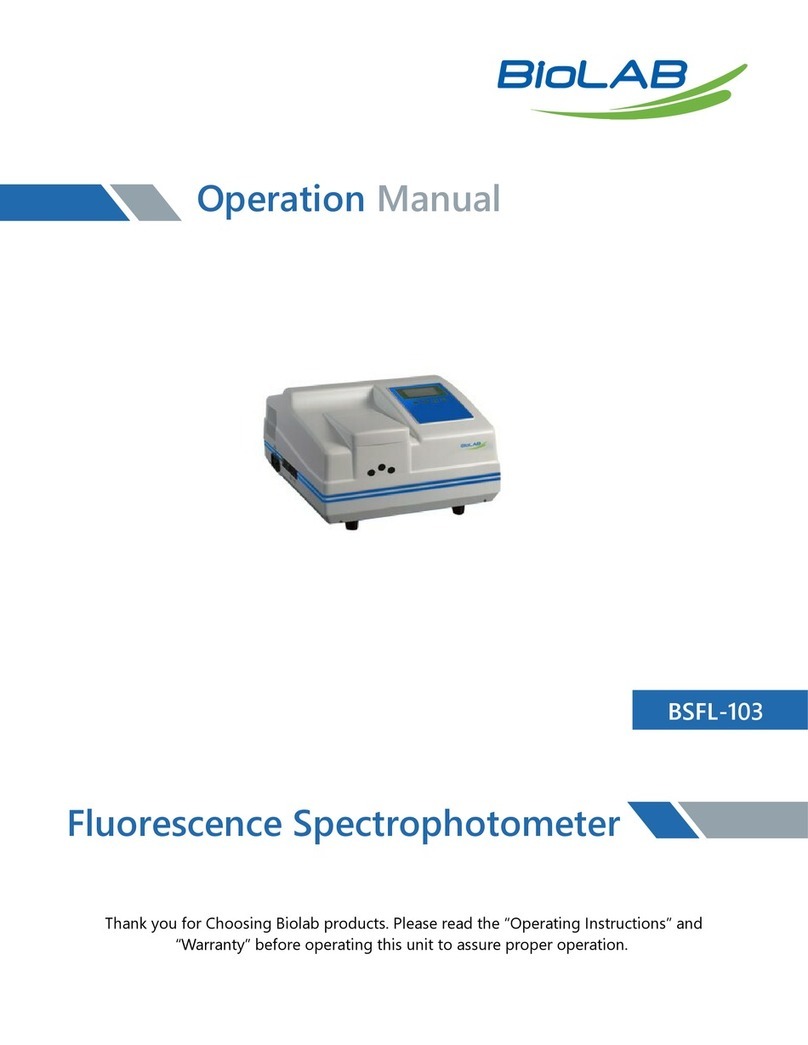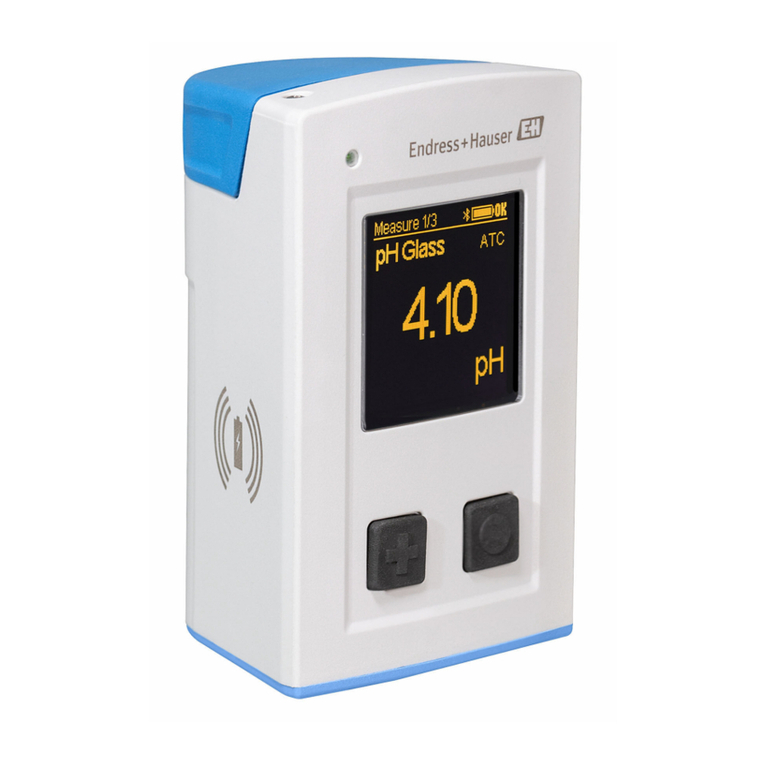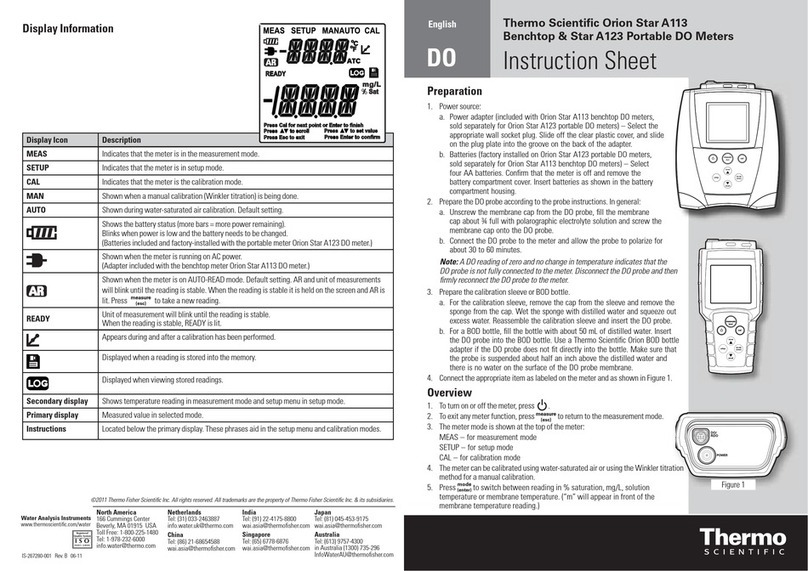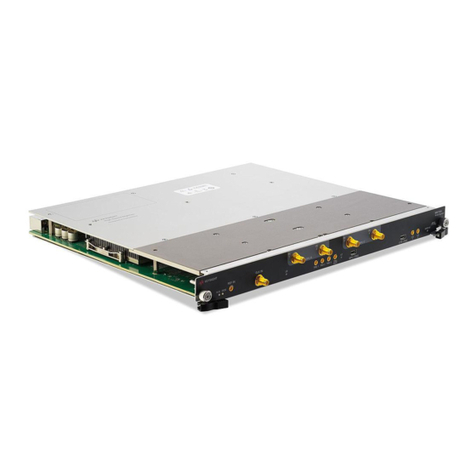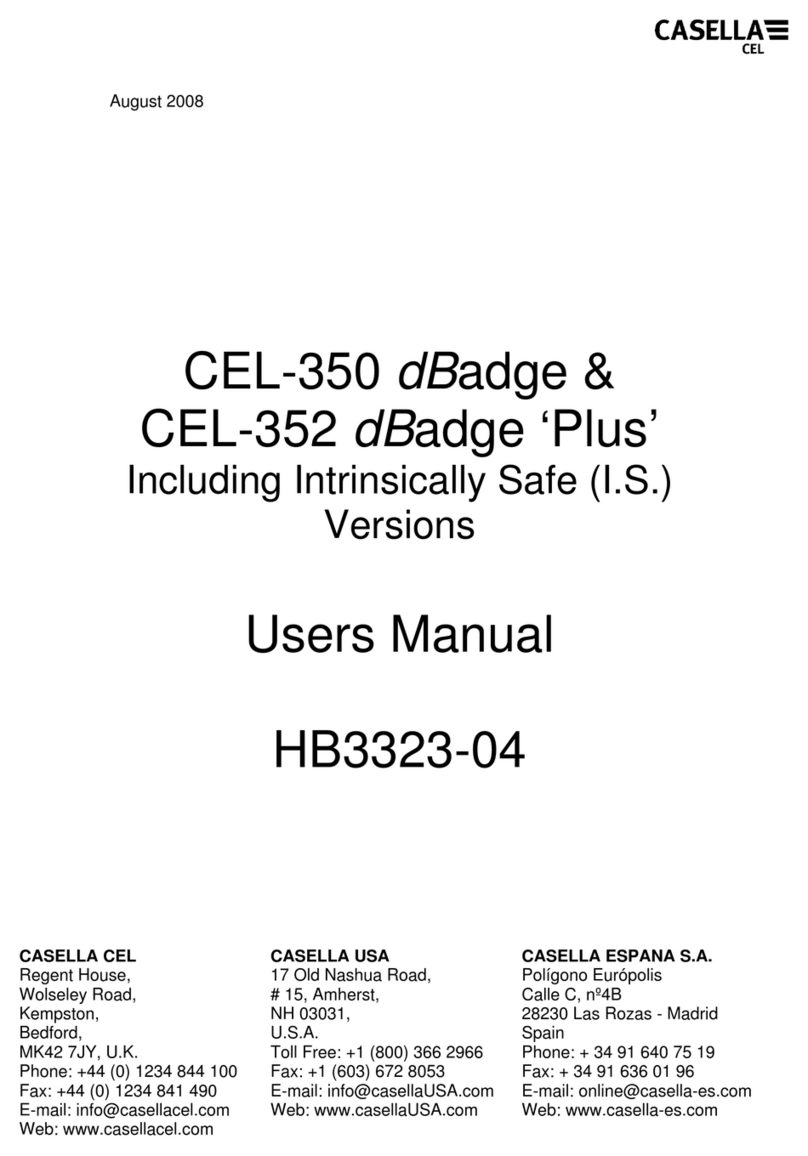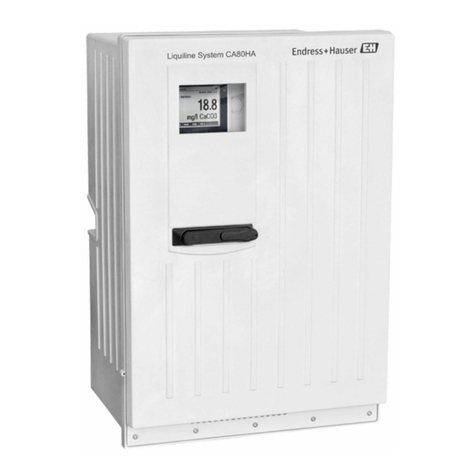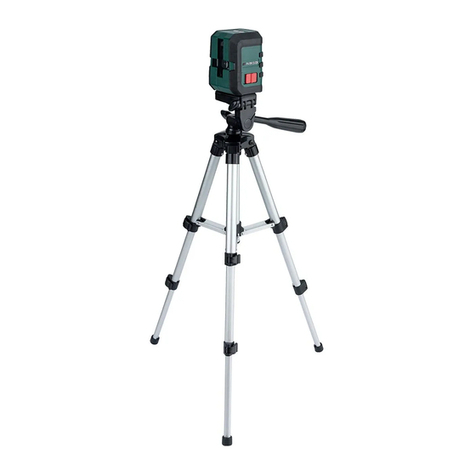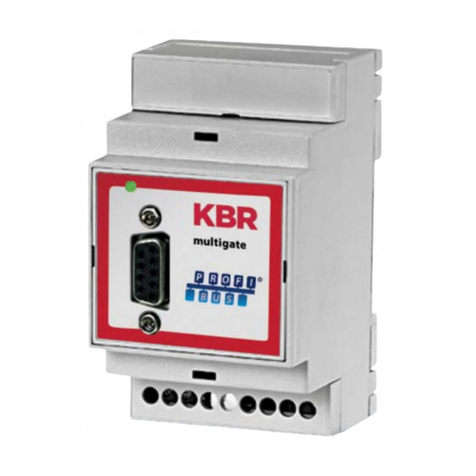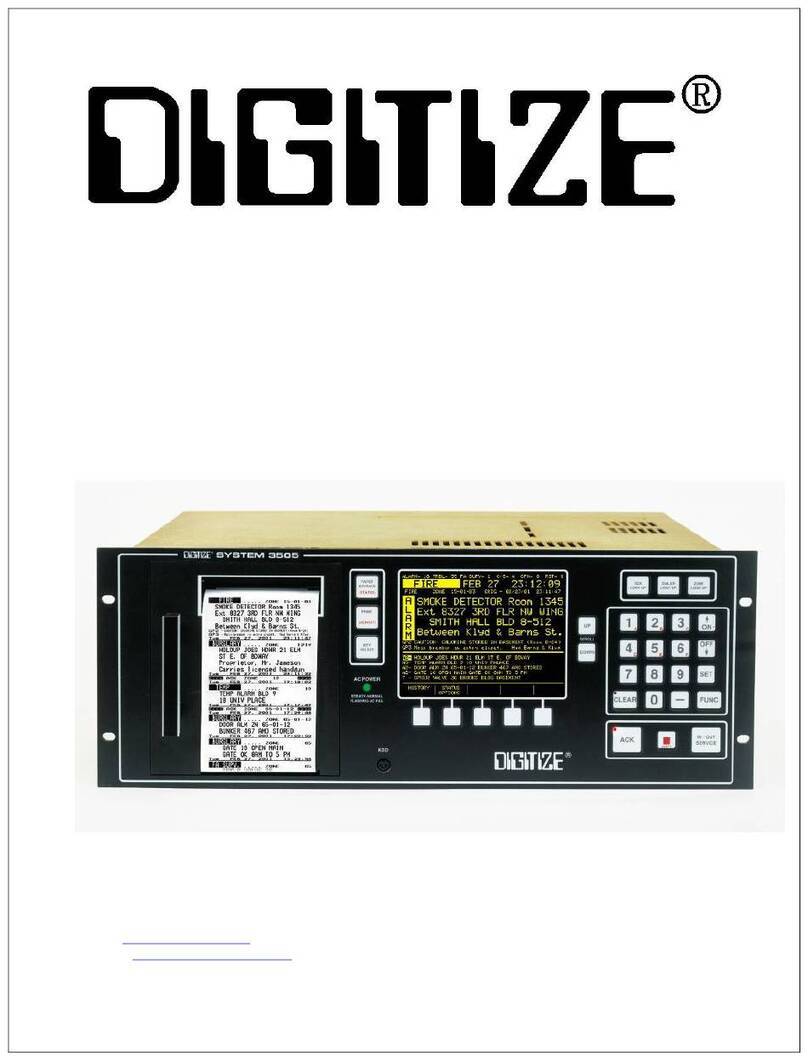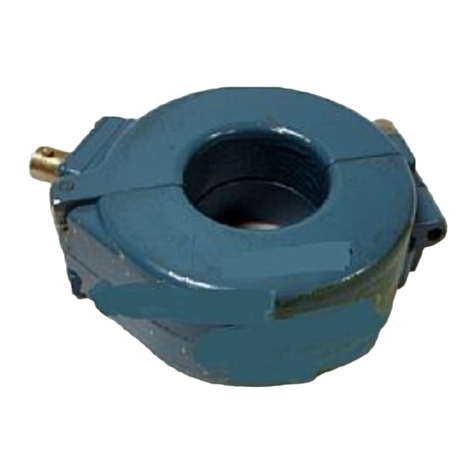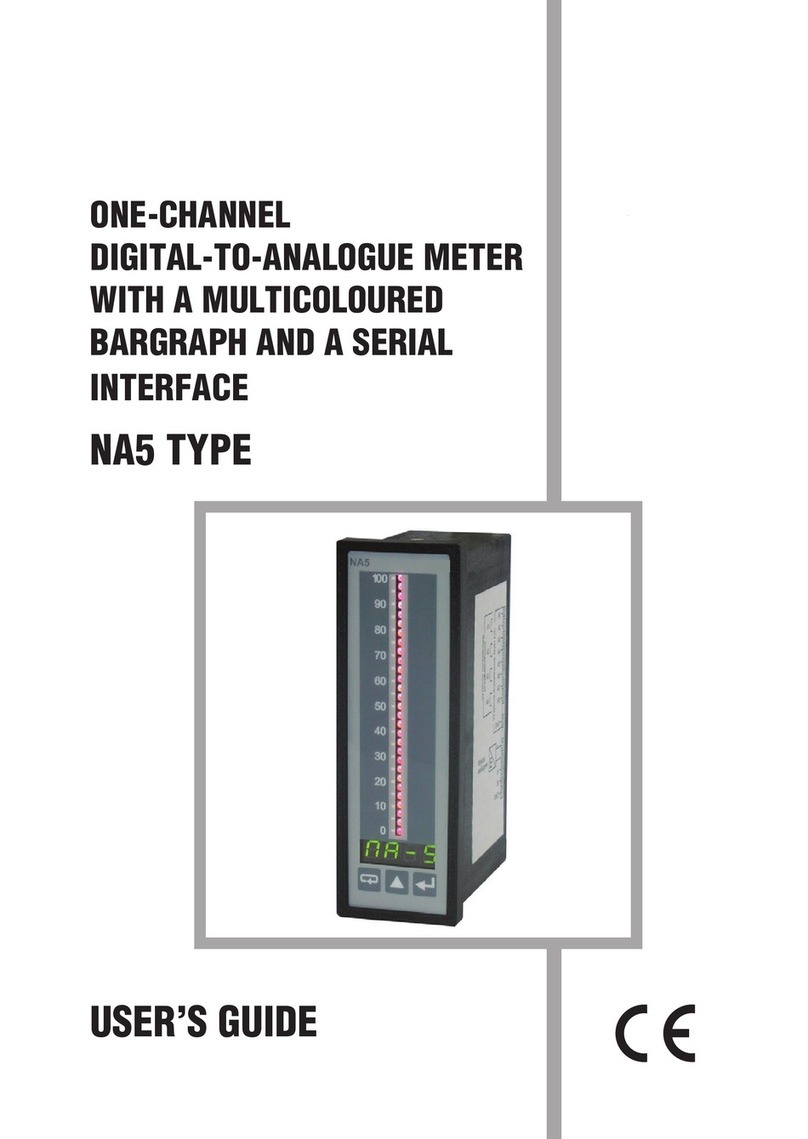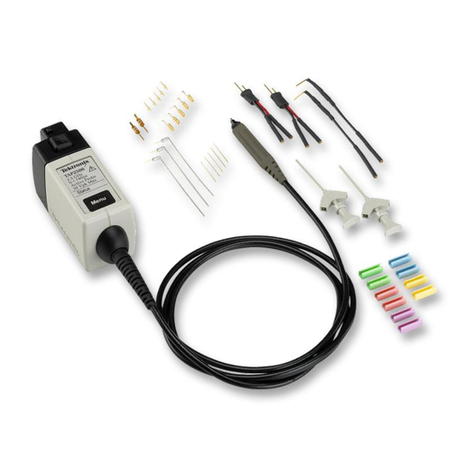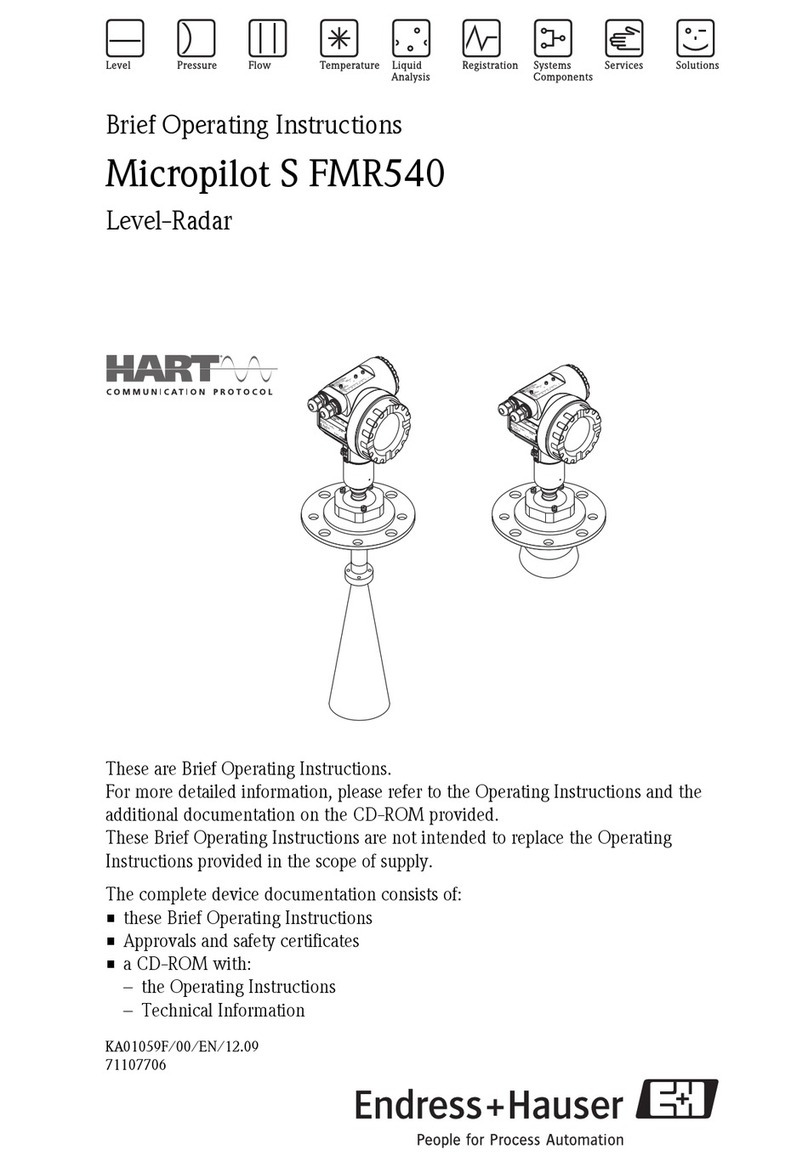Table of Contents
1 Introduction...............................................................................................1-1
1.1 Purpose.............................................................................................................................................. 1-1
1.2 Scope................................................................................................................................................. 1-1
1.3 System Organization......................................................................................................................... 1-1
2 Definitions.................................................................................................2-1
3 Describing the System..............................................................................3-1
3.1 Description of Det-8Z Transmitter.................................................................................................... 3-1
4 Installation.................................................................................................4-1
4.1 Handling............................................................................................................................................ 4-1
4.1.1 Unpacking and Inspection .........................................................................................................4-1
4.2 Installing the Det-8Z Transmitter...................................................................................................... 4-1
5 Setting up the System ...............................................................................5-3
5.1 Det-8Z Configuration........................................................................................................................ 5-3
5.2 Setting Transmitter Box Number...................................................................................................... 5-5
5.3 Setting Supervisory Jumpers............................................................................................................. 5-6
5.4 Setting Qnode Number...................................................................................................................... 5-7
6 Det-8Z Programming Utility ....................................................................6-1
6.1 Overview........................................................................................................................................... 6-1
6.2 Installation......................................................................................................................................... 6-1
6.3 Operation........................................................................................................................................... 6-2
6.3.1 The File Menu............................................................................................................................ 6-3
6.3.2 The Transfer Menu ....................................................................................................................6-3
6.3.3 The About Menu........................................................................................................................ 6-3
6.3.4 Editing a Det-8Z Configuration.................................................................................................6-4
6.3.5 Main Screen...............................................................................................................................6-4
6.3.6 Zone Settings Window............................................................................................................... 6-5
6.3.7 Box Settings Window................................................................................................................ 6-6
6.3.8 Uploading Firmware to the Det-8Z............................................................................................6-7
6.3.9 Downloading Firmware from the Det-8Z..................................................................................6-9
6.3.10 Uploading Settings from the Det-8Z......................................................................................6-10
6.3.11 Downloading Settings from the Det-8Z.................................................................................6-11
7 Q-Mux Utility Software............................................................................7-1
7.1 Setting the Serial Port Assignment ................................................................................................... 7-1
7.2 Programming..................................................................................................................................... 7-2
7.3 ID Status ........................................................................................................................................... 7-4
7.4 Logging Status .................................................................................................................................. 7-6
7.5 Link Monitor..................................................................................................................................... 7-7
7.6 Filter Levels ...................................................................................................................................... 7-8
7.7 Analog............................................................................................................................................... 7-9
8 Operation...................................................................................................8-1
8.1 Normal (Quiet) Operation................................................................................................................. 8-1
8.2 Abnormal (Active) Operation ........................................................................................................... 8-2
8.2.1 Input Activation......................................................................................................................... 8-2
8.2.2 Loop Problem Detected .............................................................................................................8-2
8.2.3 Panel Trouble Detected..............................................................................................................8-3




















